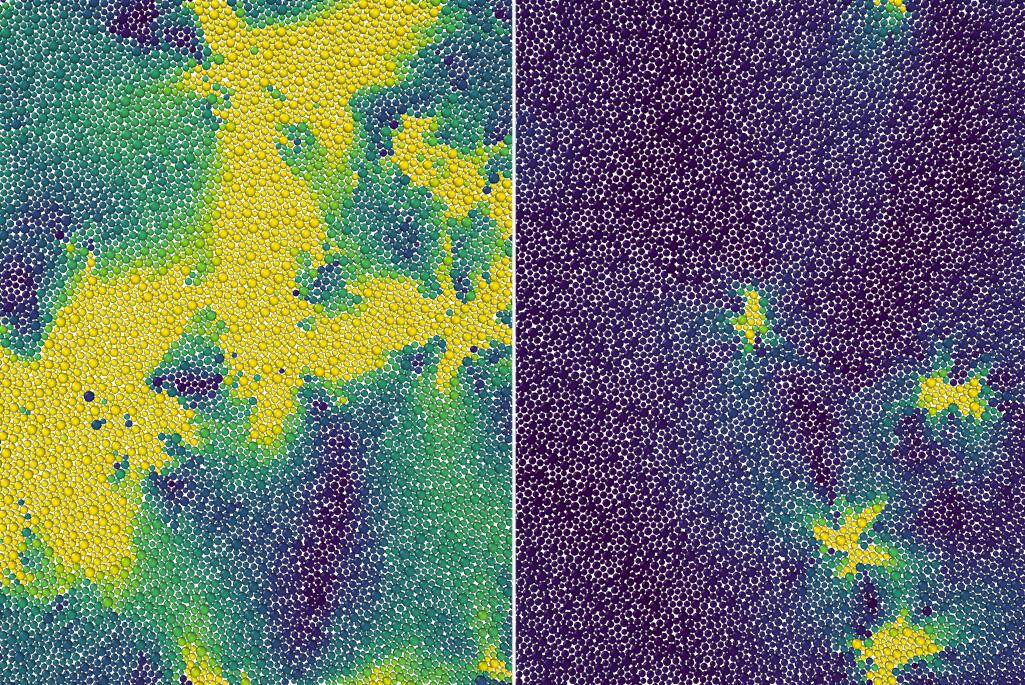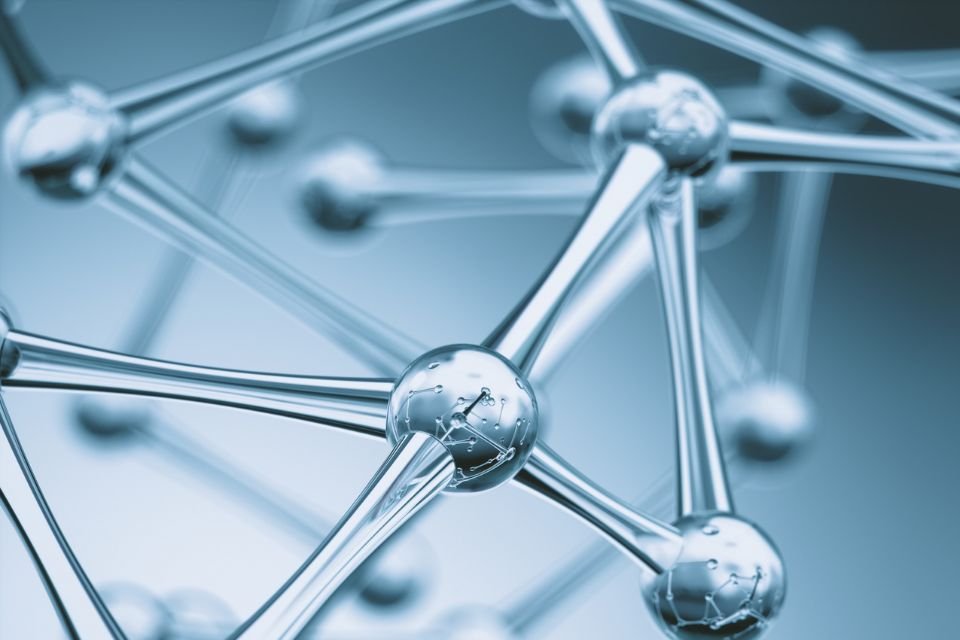Researchers at the University of California, Berkeley Laboratory, Found clues to a hidden phenomenon in the transition between liquids and solids. The research was published in the journal PNAS (Proceedings of the National Academy of Sciences). The three canonical physical states: liquid, solid, and gas are still under study today, as it is not precisely known how this physical transition occurs at the atomic scale.
There is a knowledge gap in this area, and researchers at the Department of Energy’s Lawrence Berkeley National Laboratory have developed a theory to explain how this latent state in the phase transition occurs. The team focused on the behavior of supercooled liquids and paralleled the behavior of high-temperature liquids.
In the solid state, some substances tend to have a symmetrical molecular arrangement known as crystalline solids. In contrast to this “perfect” structure, some solids, such as glass and plastic, do not conform to this arrangement. known as amorphous solids.
Observed at the atomic scale, these materials have the stiffness of a solid but retain a molecular arrangement similar to that of liquids. For the team, the atomic configuration of these materials gives the impression that they are in some kind of constant and very slow “flow”.
The fantastic world of atomic physics
To try to unravel the mystery between the physical transition stages and the difference between the behavior of supercooled and high-temperature liquids, the researchers performed a 2D computer simulation. Even at very low temperatures, they observed: some atoms remained in an excited state, moving over time and changing their configuration.
At the initial temperature, given the onset of the transitional change, these atoms seem to combine, creating a “defect” in the system and triggering processes of physical state change.

“The whole point is to understand microscopically what separates the supercooled liquid from the high-temperature liquid,” says Kranthi Mandadapu, a Berkeley Lab team scientist and professor of chemical engineering at the University of California.
Explain how the transition occurred by revealing this latent state, and The differences between these materials offer scientists endless development possibilities..
The main uses pointed out by Berkeley Lab are in medicine, with the development of medical devices such as drug administration and additive manufacturing (3D printing).
If you like to be curious about the physics world, keep following the content on TecMundo and interacting through our social networks!
Source: Tec Mundo
I’m Blaine Morgan, an experienced journalist and writer with over 8 years of experience in the tech industry. My expertise lies in writing about technology news and trends, covering everything from cutting-edge gadgets to emerging software developments. I’ve written for several leading publications including Gadget Onus where I am an author.













